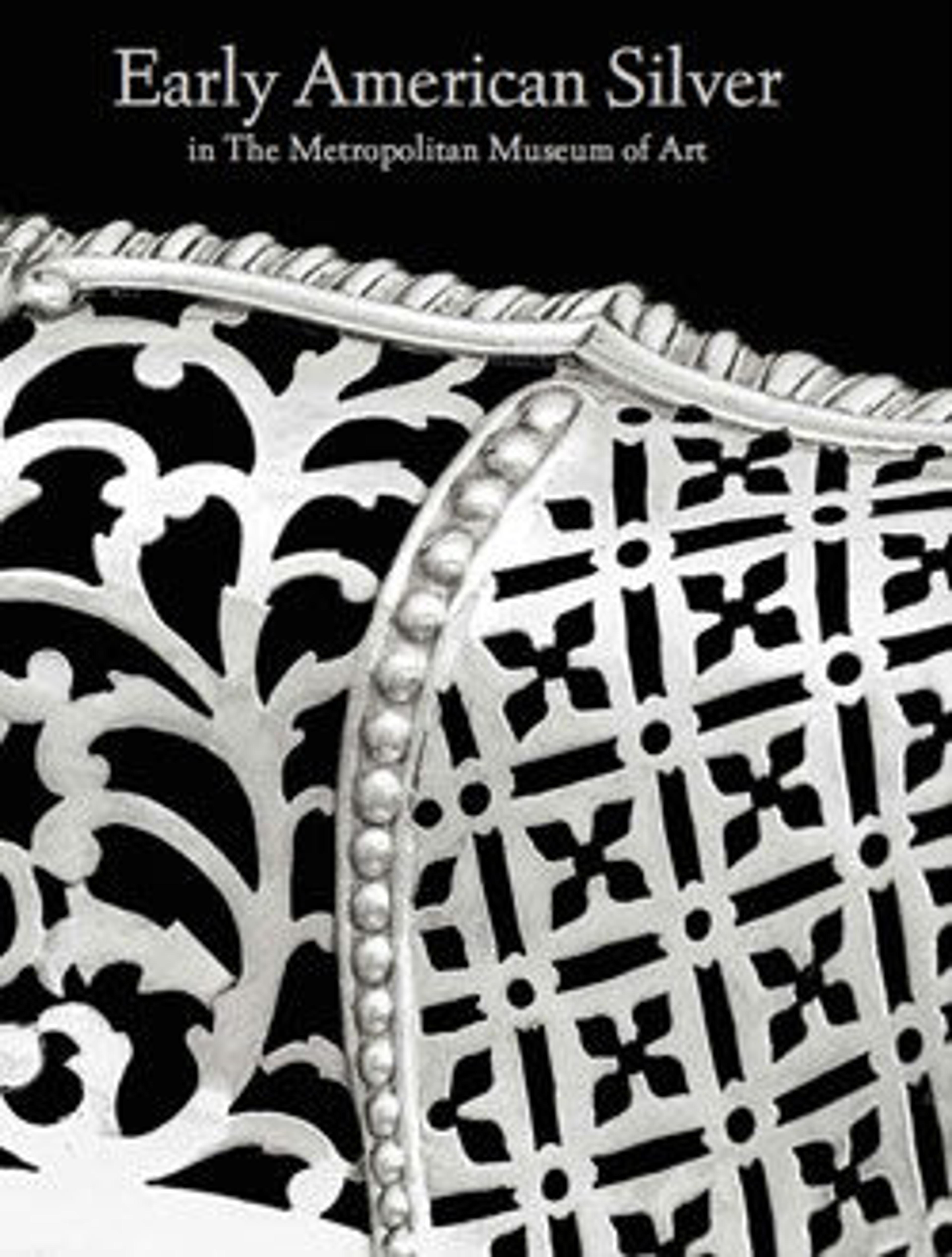Chafing Dish
Originally a continental form, the silver chafing dish appeared in England by the fifteenth century. These vessels were more frequently made in copper, brass, iron, or pewter than in silver. Consisting of a pierced bowl with a removable grate, three scrolled knops to support a plate or bowl, and a wood baluster-form handle, the standard eighteenth-century model was fueled by hot coals. The initials “S” over “I S” engraved beneath this chafing dish are those of the original owners, John Schuyler (1705–1773) and his first wife, Sara Walter (1704–1734), who were married on January 20, 1729.
Artwork Details
- Title:Chafing Dish
- Maker:Peter Van Dyck (1684–1750)
- Date:ca. 1725
- Geography:Made in New York, New York, United States
- Culture:American
- Medium:Silver
- Dimensions:Overall: 3 13/16 x 10 1/8 in. (9.7 x 25.7 cm); 12 oz. 2 dwt. (376.7 g)
Lip: W. 5 1/16 in. (12.9 cm)
At knops: W. 5 1/2 in. (14 cm)
At feet: W. 4 1/4 in. (10.8 cm) - Credit Line:Dodge Fund, 1935
- Object Number:35.68.1
- Curatorial Department: The American Wing
More Artwork
Research Resources
The Met provides unparalleled resources for research and welcomes an international community of students and scholars. The Met's Open Access API is where creators and researchers can connect to the The Met collection. Open Access data and public domain images are available for unrestricted commercial and noncommercial use without permission or fee.
To request images under copyright and other restrictions, please use this Image Request form.
Feedback
We continue to research and examine historical and cultural context for objects in The Met collection. If you have comments or questions about this object record, please contact us using the form below. The Museum looks forward to receiving your comments.
